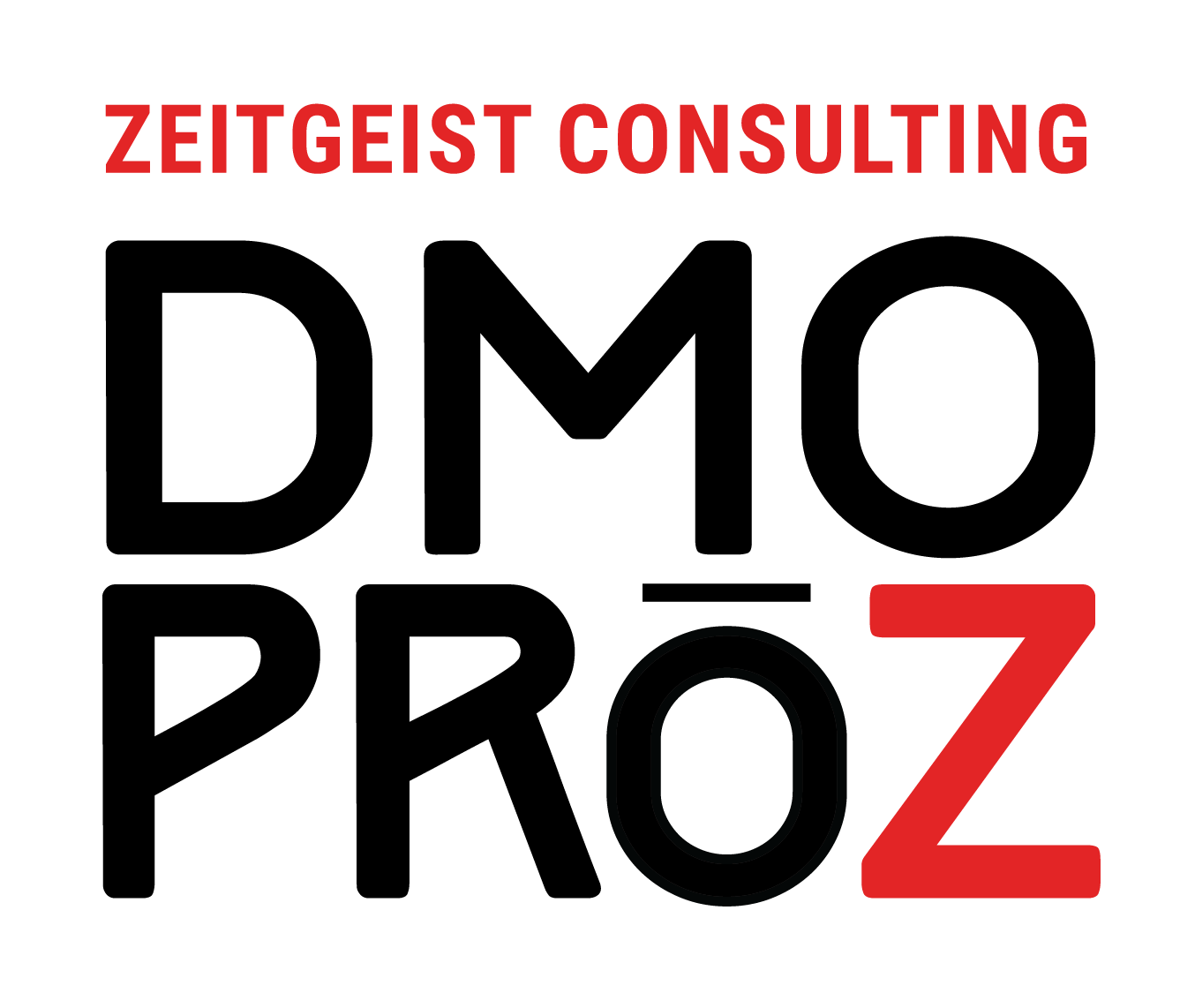Sector
What is a DMO?
In the beginning, there were Chambers of Commerce. Dating back to 1599, the first Chamber was formed in Marseille, France ... centuries before American Chambers (or the United States, for that matter) were even imagined. But, the purpose was the same; to form a network of businesses to enhance the climate for commerce, trade with one another and advocate for their mutual interests. In North America, the first Chamber was established in Halifax in 1750.
Over time, Chambers of Commerce began to recognize the opportunity to encourage people from other parts of the country (and, in some cases, the world) to visit their communities, infusing new money into their economies. Many established “Tourism Committees” to develop strategies to attract consumers to vacation or spend a long weekend in their town.
For many communities, the establishment of hotel occupancy taxes as a means to fund these efforts to attract visitors resulted in the “Tourism Committee” having access to a significant revenue stream. And invariably, the majority of these Committees petitioned for independence from their parent Chamber. At the same time, as Economic Development began to become an important goal for communities, these former Chamber Committees began to work toward their independence, as well.
Today, in the majority of communities, there exists a Chamber of Commerce, an Economic Development Organization (EDO) and a Destination Marketing Organization (sometimes referred to as a CVB or Tourism Office)...along with, in some cases, a Downtown Development agency, an Arts Council, Neighborhood groups and other organizations, all dedicated to community growth and success.
When DMOs were initially created, they were singularly focused on securing convention and meeting business for their community. Indeed, the first urban DMO was created in 1896 to lure conventions to town in order to showcase Detroit to attendees as a potential locale for entrepreneurial investment (the goal was not “heads in beds” in this initial iteration). These first organizations were called “Convention Bureaus” and eventually expanded their moniker to include “and Visitors” (thus, CVBs). For many communities, however, it wasn’t until the ‘70s and ‘80s that marketing to leisure travelers began to be embraced.
And, that evolution hasn’t stopped. In the ‘90s, DMOs began to become public advocates for destination development projects such as Convention Centers and Tournament-grade Sports Complexes. Many launched Sports Commissions to attract tournaments to their parks, complexes and indoor facilities. As the first two decades of the new Millennium progressed, some DMOs moved into managing facilities and helping to curate Arts, Culture and Heritage offerings. Over the past decade, we’ve seen DMOs devote significant resources into the creation of experiences that appeal to both visitors and residents. This is why, a few years ago, some proffered the idea that the “M” in DMO should stand for Management.
Looking for more, check out these resources.

